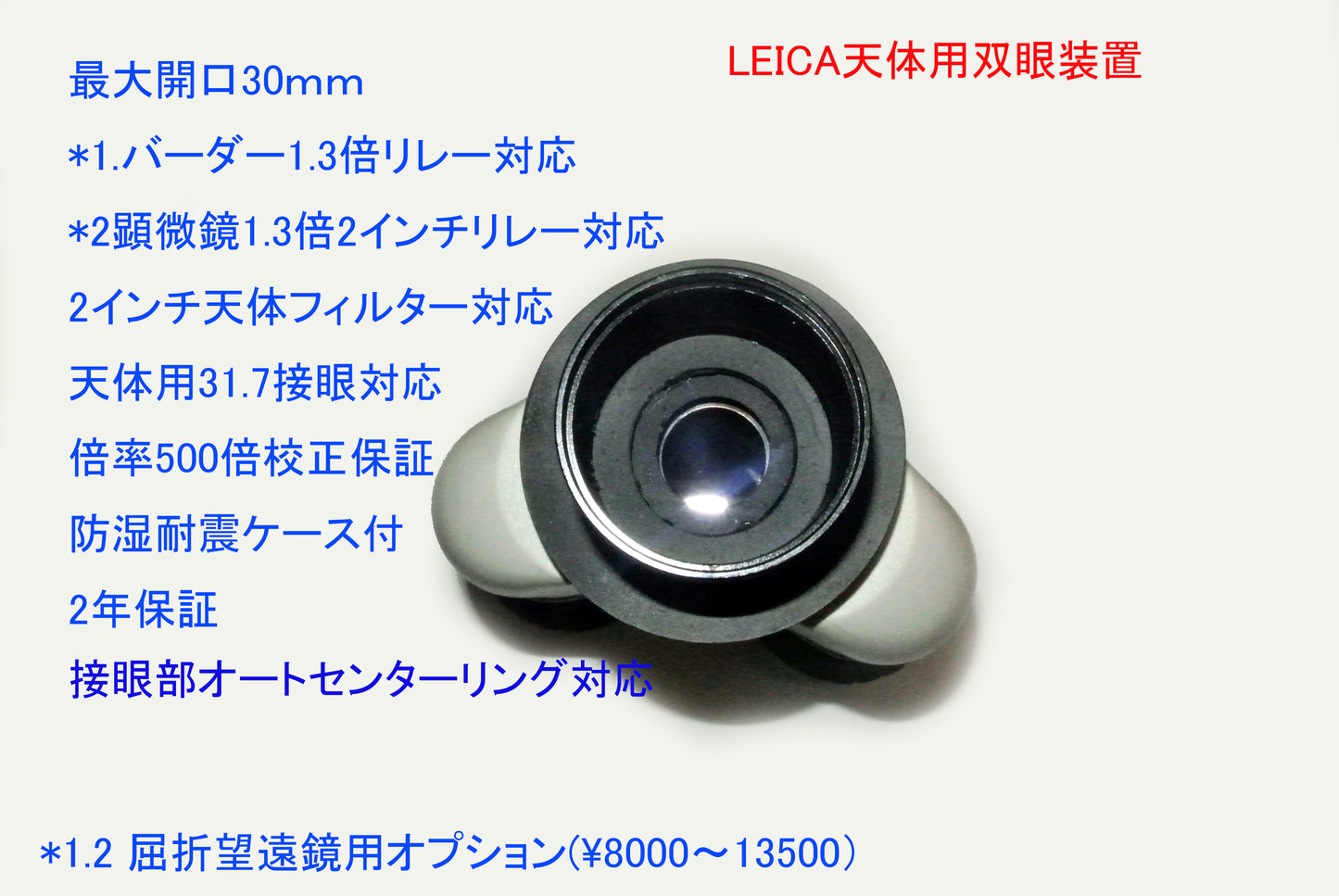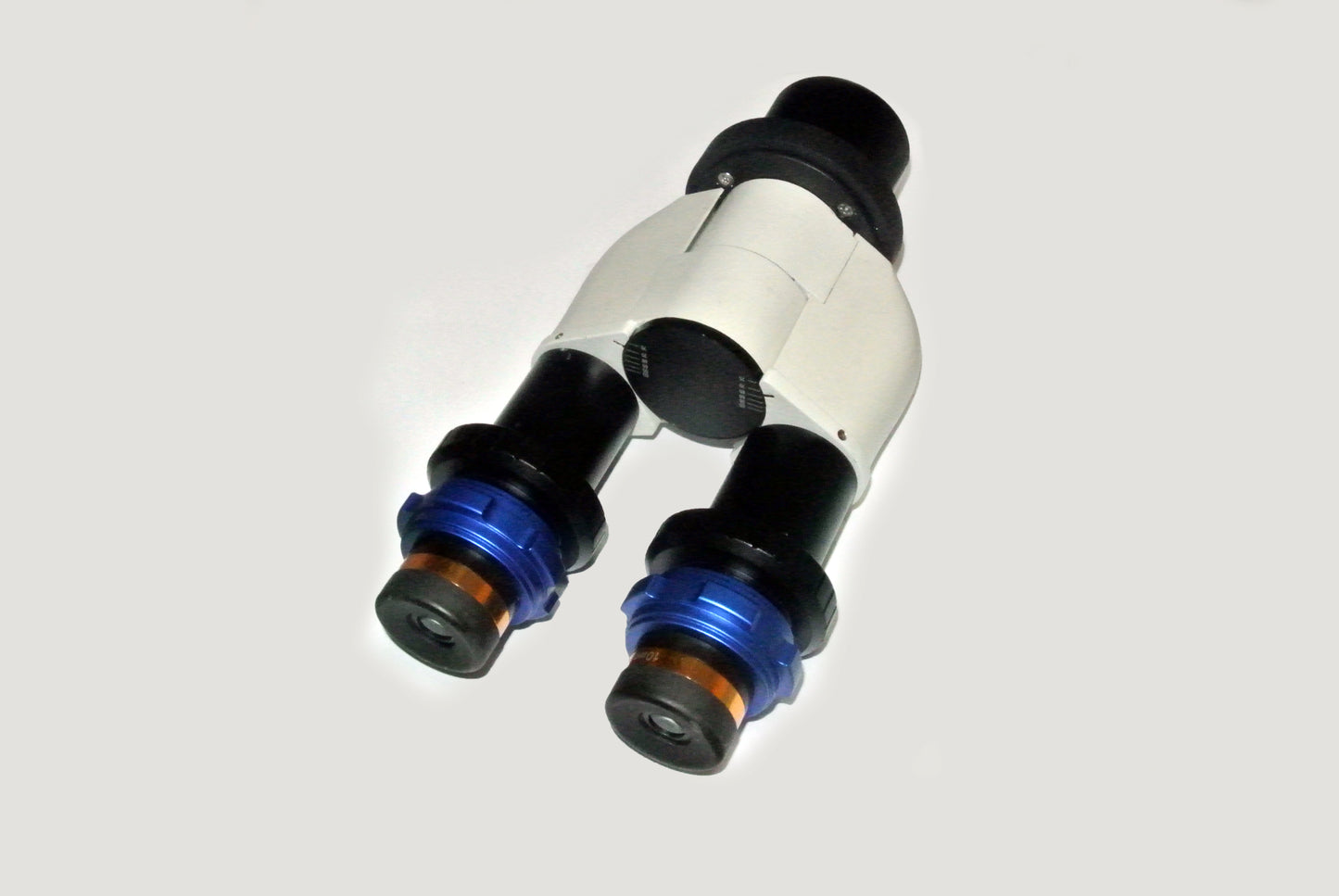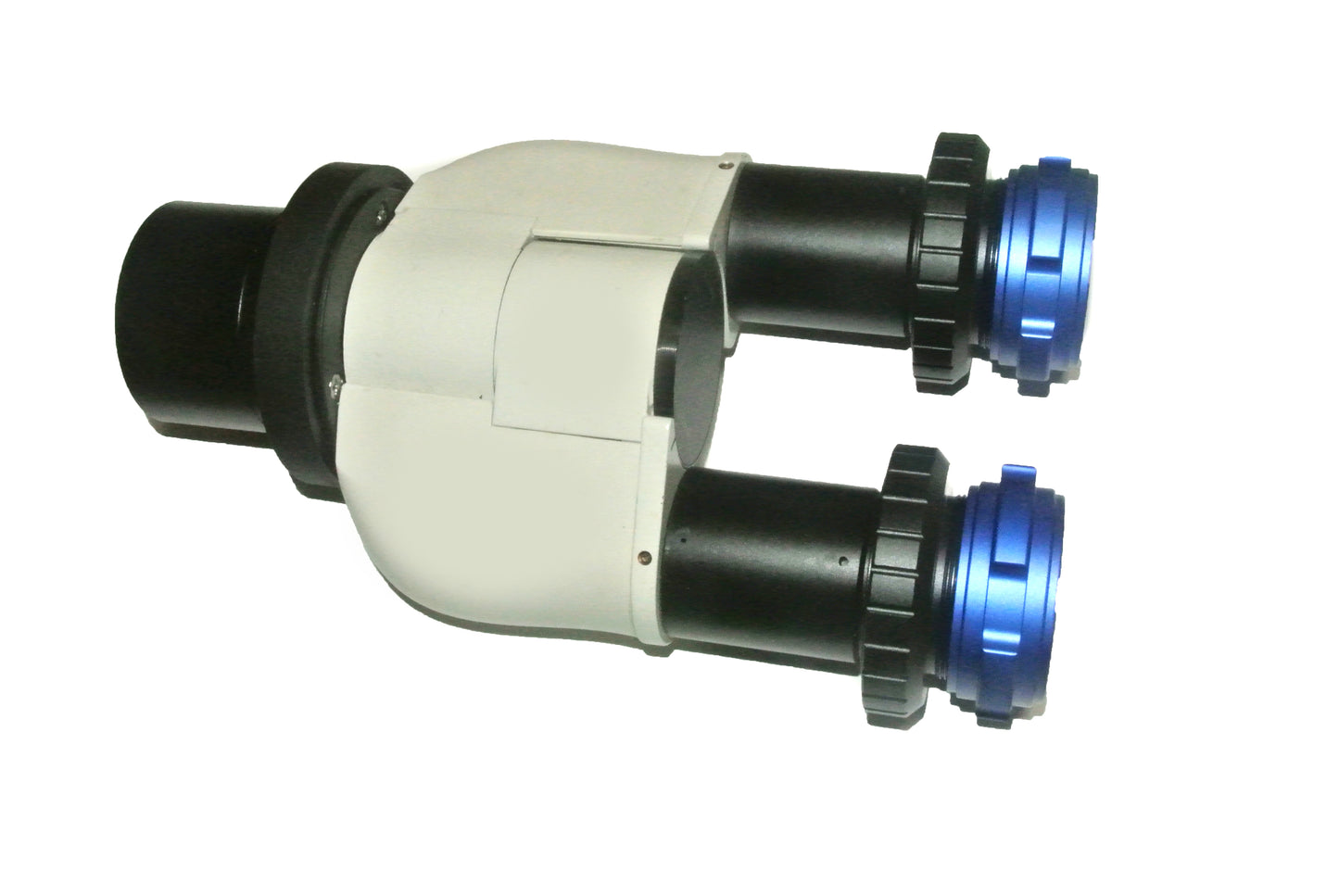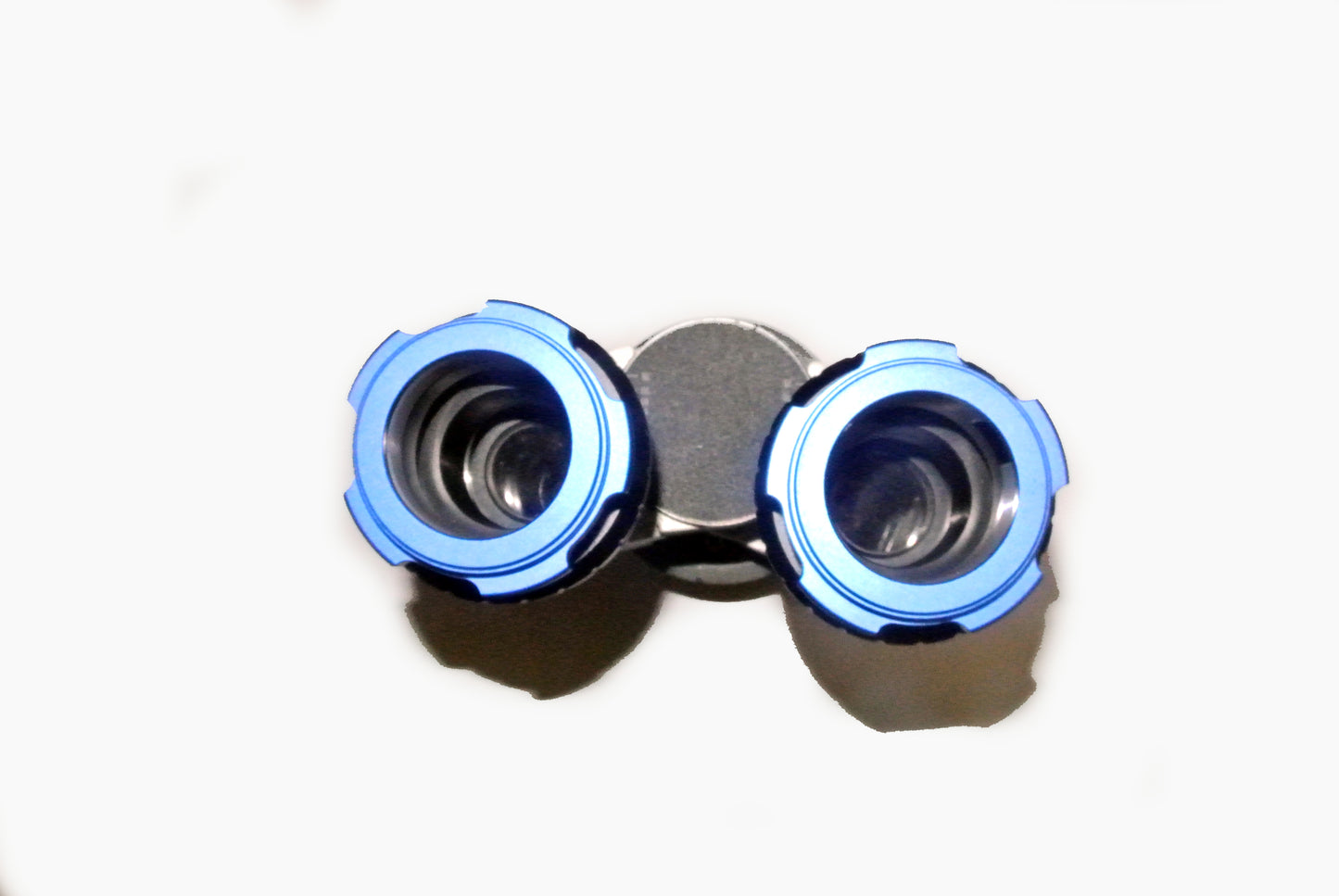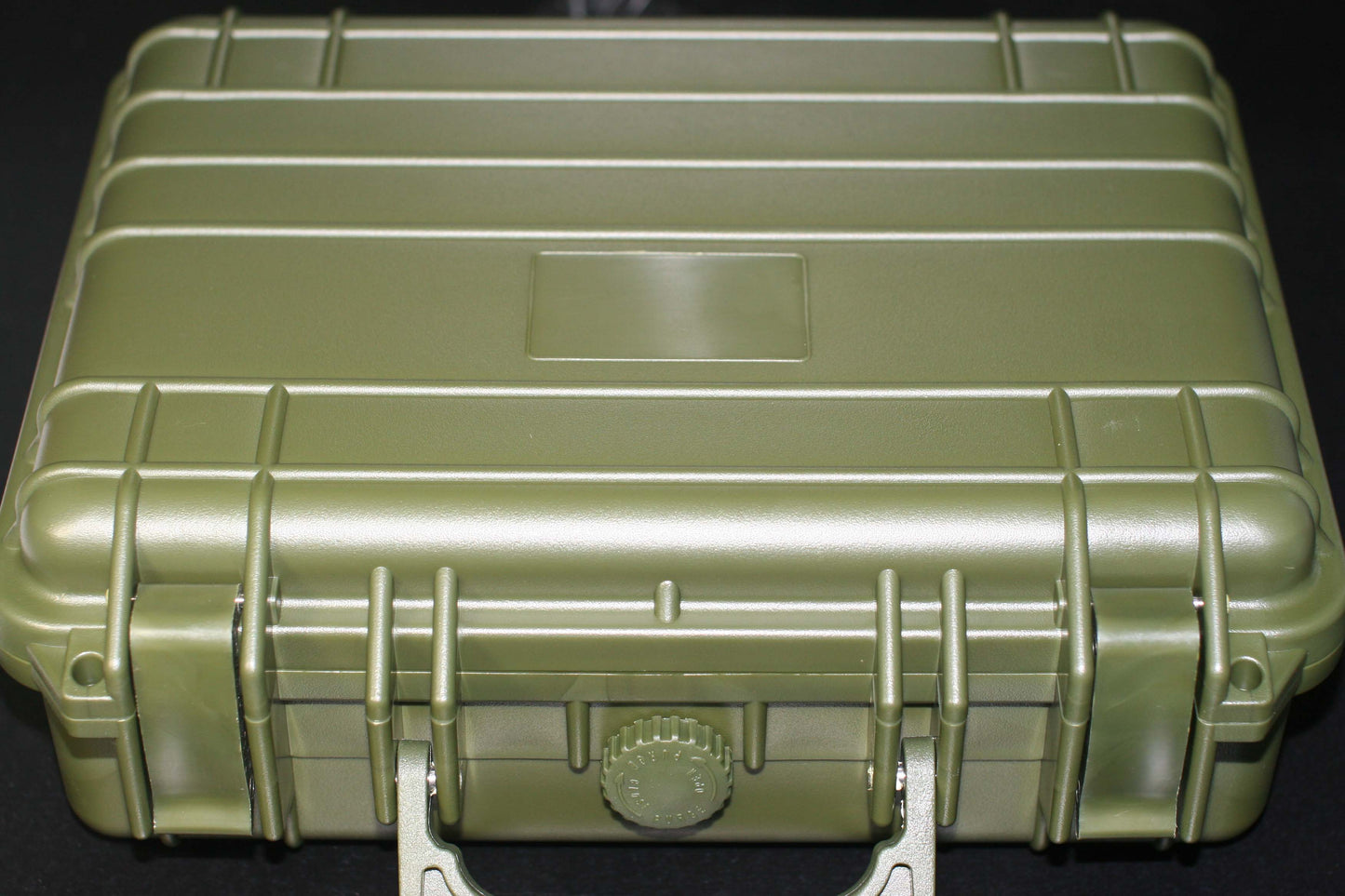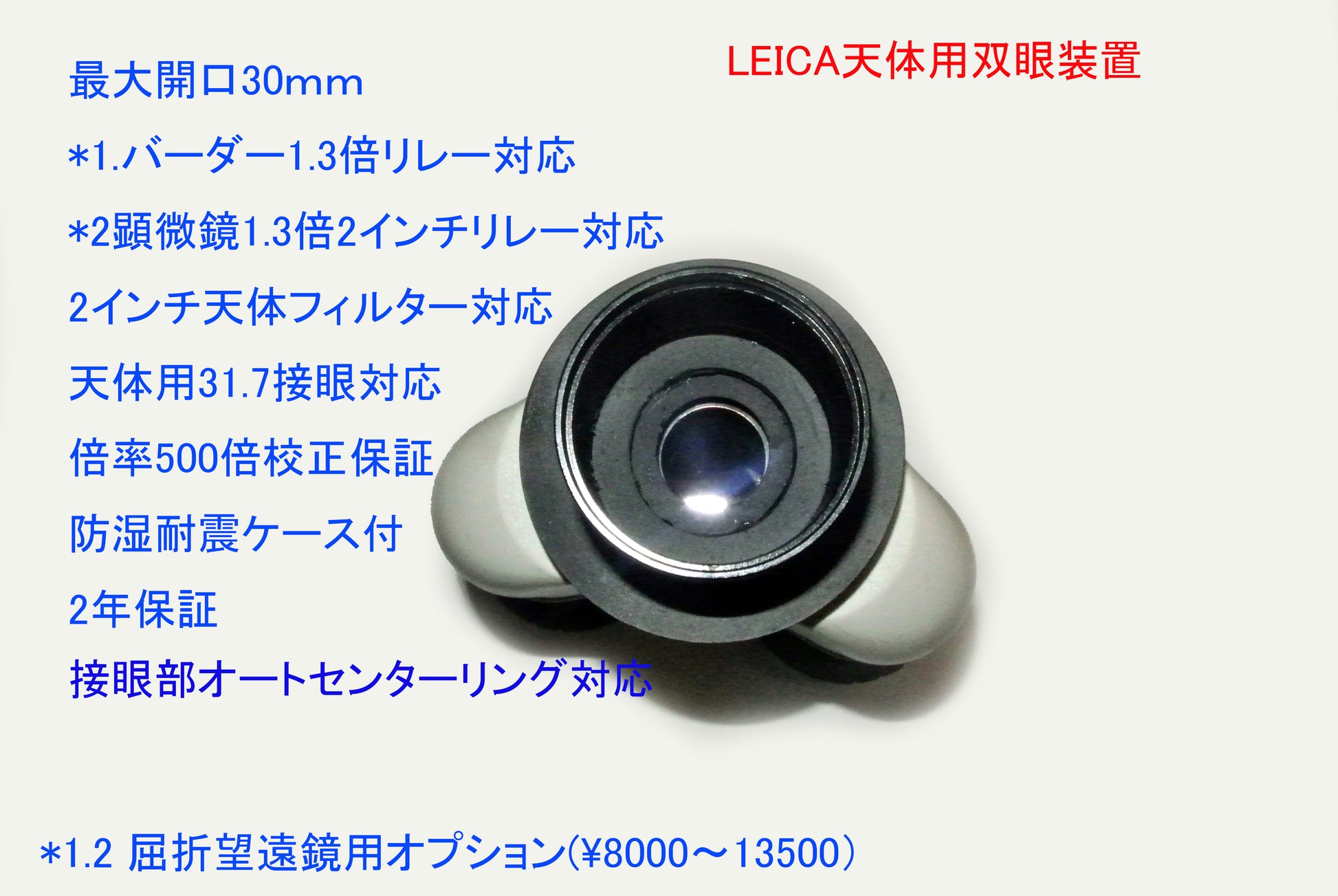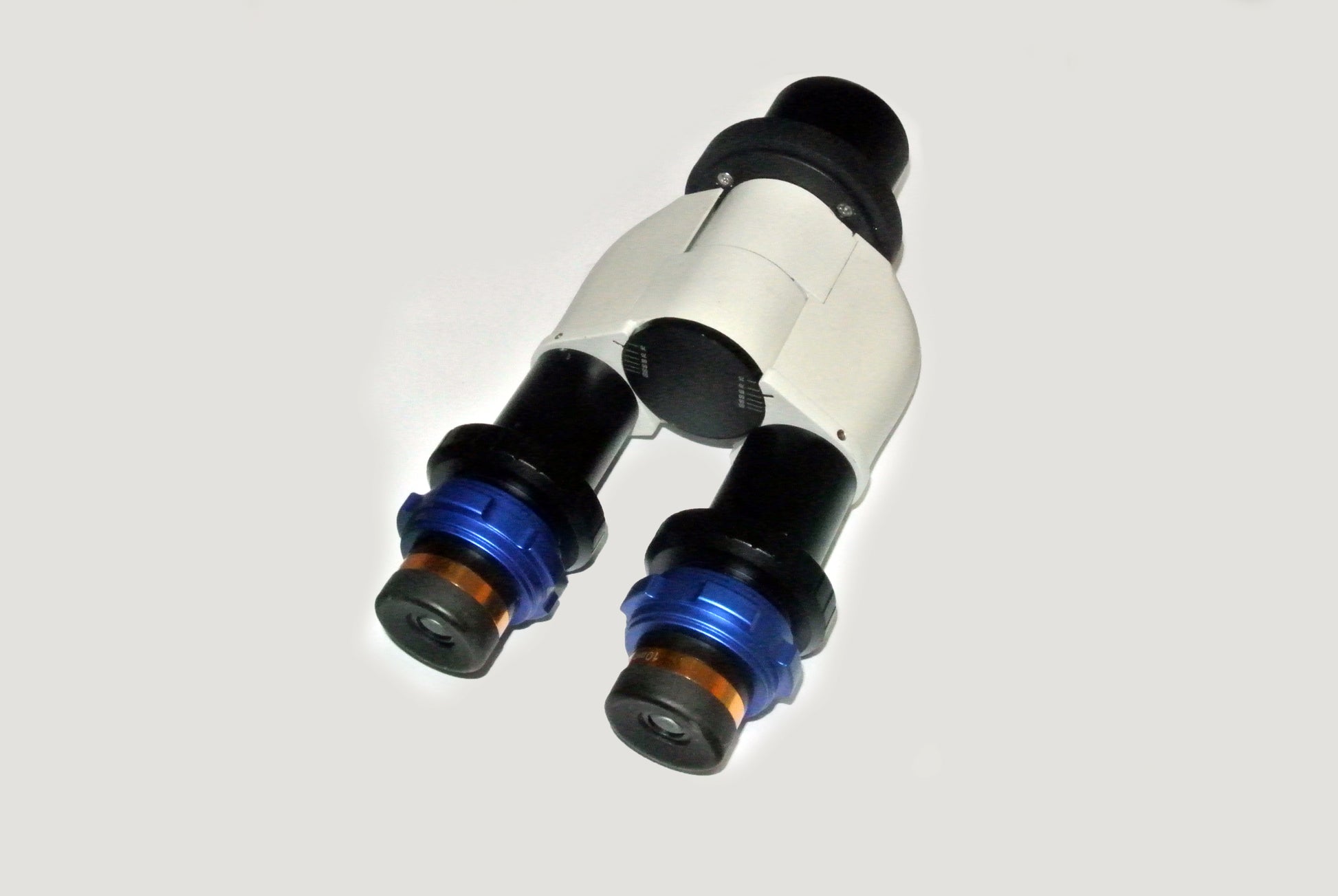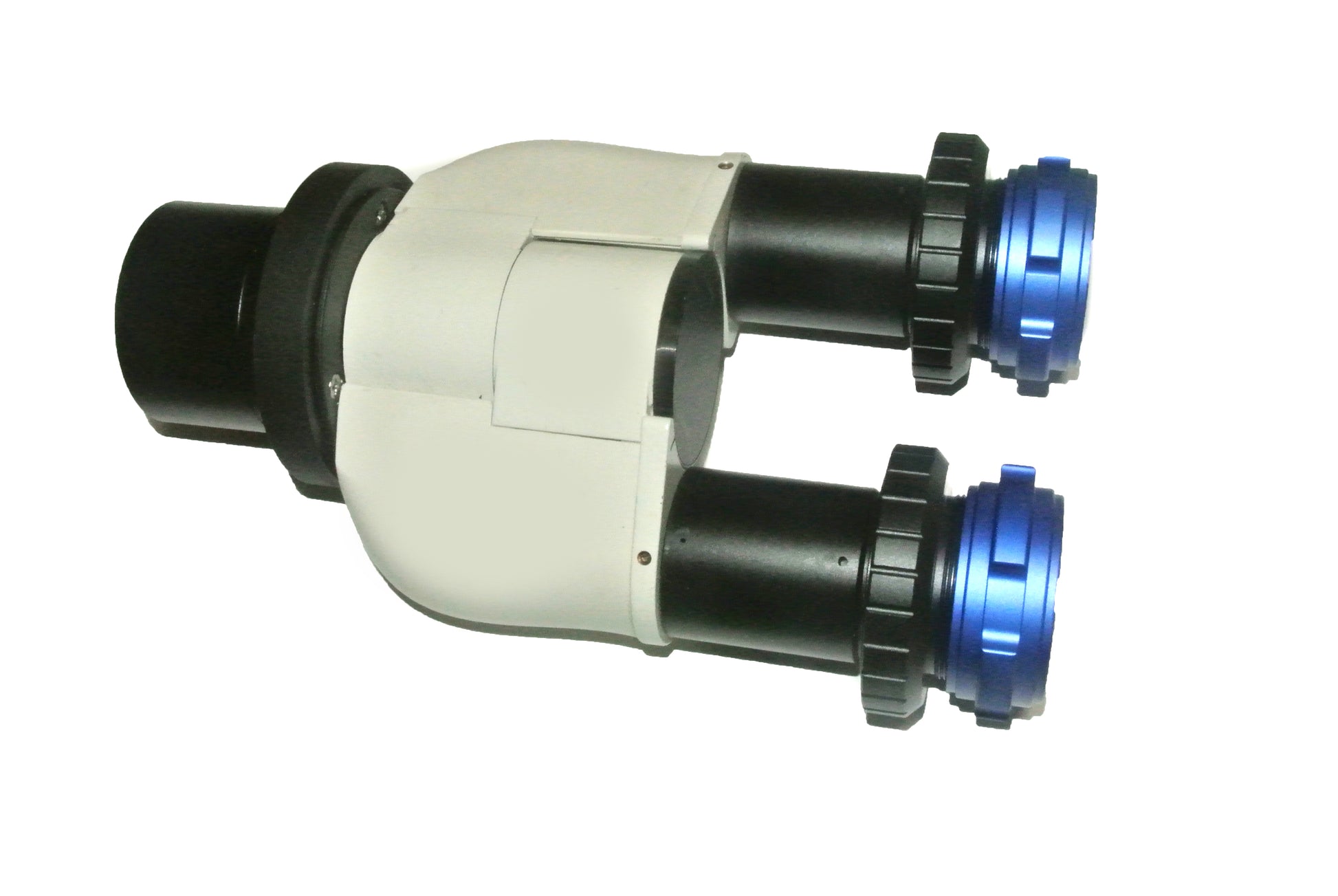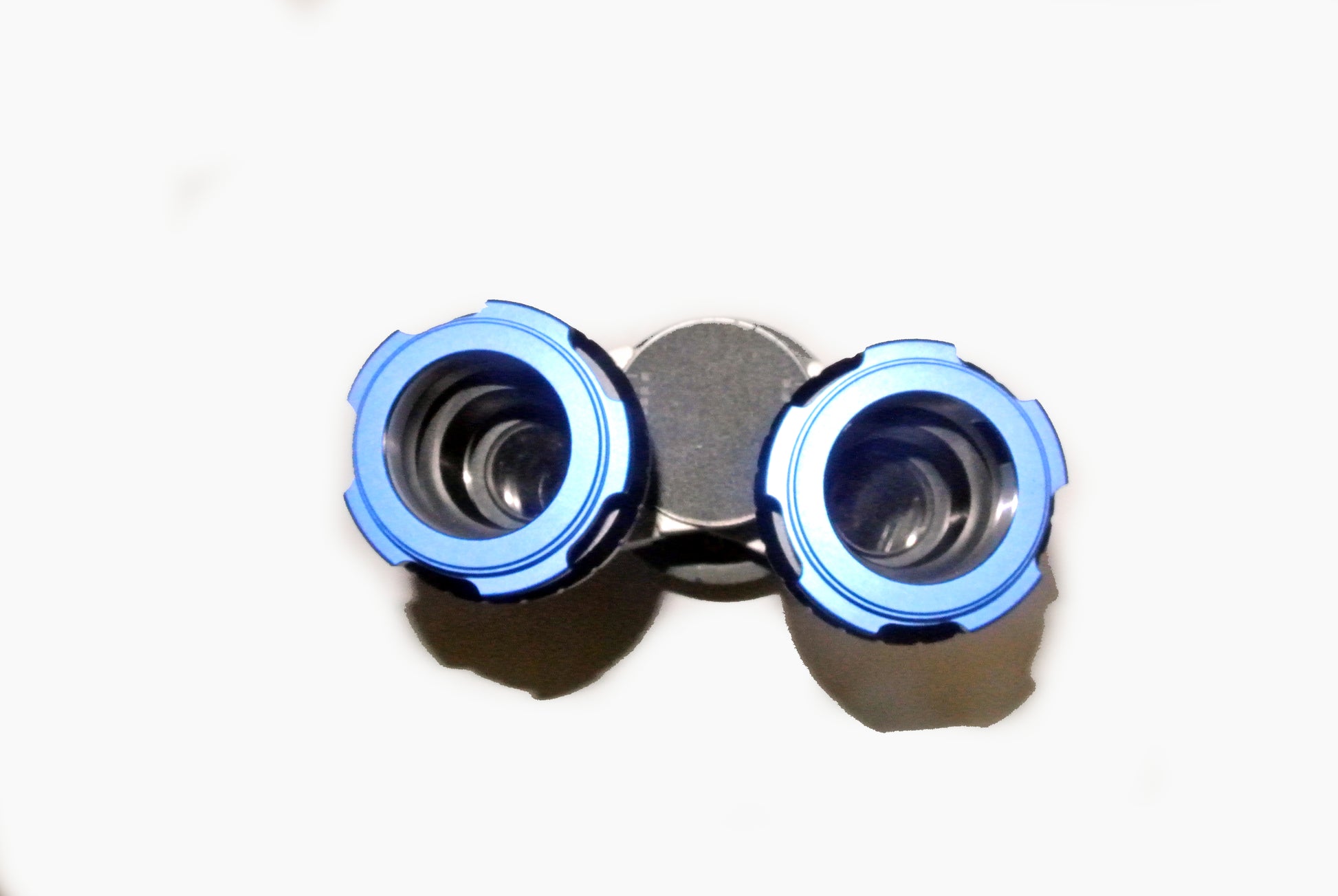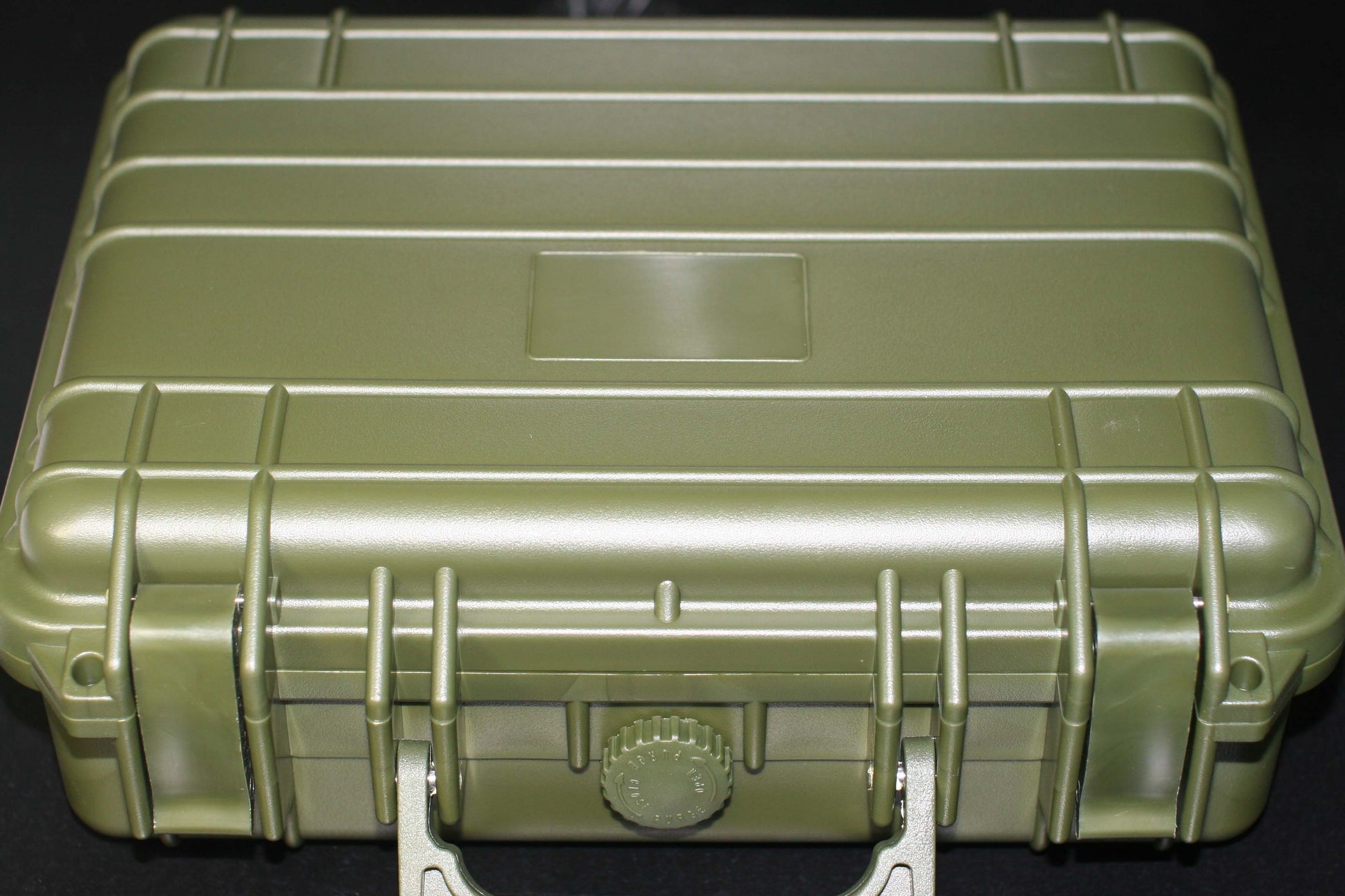StarWorks
LEICA silver mirror type straight type binocular device aperture 30mm
LEICA silver mirror type straight type binocular device aperture 30mm
Couldn't load pickup availability
At the request of Mr. S, a veteran observer in Kyoto, we manufactured two types of LEICA 30mm, large aperture, high-end instruments: a prism type and a mirror type.
Our initial expectation was that the mirror type would appear brighter than the prism type, although both have an accuracy of 1/40λ. However, the actual measurement with a photometer showed that the prism type transmitted twice as much and performed better. It is generally believed that mirror prisms are brighter than glass prisms because they absorb less light on the inner surface. The prism type is characterized by a wider range of wavelengths, from ultraviolet to visible to infrared, and is superior in terms of performance for research purposes.
Leica is a manufacturer that originally invented the horizontal type, and Zeiss invented the folded type, but in the folded type, the optical axis is shifted by an eye width. However, the optical axis of the folded type shifted by eye width, the left and right optical paths were not evenly distributed, and the brightness was different on the left and right sides, etc. There was a time when even Zeiss, which developed the folded type, manufactured the horizontal type for more than 50 years. However, after the war, Zeiss developed lens coatings and improved the precision of its workmanship, so that it is now possible to produce a lens that is as good as the horizontal type. For my own personal use, Leica horizontal lenses are still the best for me to own because of their monocoque structure and optical precision.
The horizontal lenses available today are already of the older generation, but since the latest models have a 30mm aperture instead of 23.5mm, the best lenses available today are the 30mm models, but since they are still new, they are rarely found on the second-hand market, making them especially expensive.
Leica is characterized by spending even more than Zeiss, so you can get uncompromising performance, and we recommend this opportunity.
This time, we manufactured two models and Mr. S requested a quartz type, so we decided to list the mirror type at a bargain price on Yahoo Auctions. 30mm type has never been listed at less than 150,000 yen, but since it is a byproduct of manufacturing two units for comparison, we are listing it at a bargain price of 80,000 yen this time. The features are as follows.
As its features, the field of view is bright and wide. It is a mirror type, so it is lightweight and can be used for small apertures with inefficient mounts.
It is also possible to build in a 1.3x Baader relay for ¥5000 aperture ring to accommodate short refractions of F5 or so. It is also possible to use a 1.3x relay for microscopes (¥8,000). The performance is the same for both, but both can be used.
The optical plane is 1/40λ according to Leica's official announcement. The higher the magnification, the higher the resolution, which is incomparable to that of commercially available astronomical instruments.
Features of the eyepiece】
The standard eyepiece is a 31.7 size, auto-center ring eyepiece that does not cause optical axis deviation.
The connection with the optical tube is made with a strong 2-inch lightweight duralumin barrel to obtain a stable optical axis.
Celestial objects viewed with binoculars have an overwhelmingly higher resolution. It is impressive to see the details that were previously invisible come to the surface. You can even see the flapping wings of a sparrow flying several kilometers away, which is the real thrill of binoculars. The contrast of the planets is also completely different. The advantage of the binoculars is that your eyes do not get tired even if you watch for a long time, and you can easily adjust the width of your eyes while looking through the binoculars. The binoculars for professional use are difficult to obtain and rare, so we recommend this binocular with confidence.
